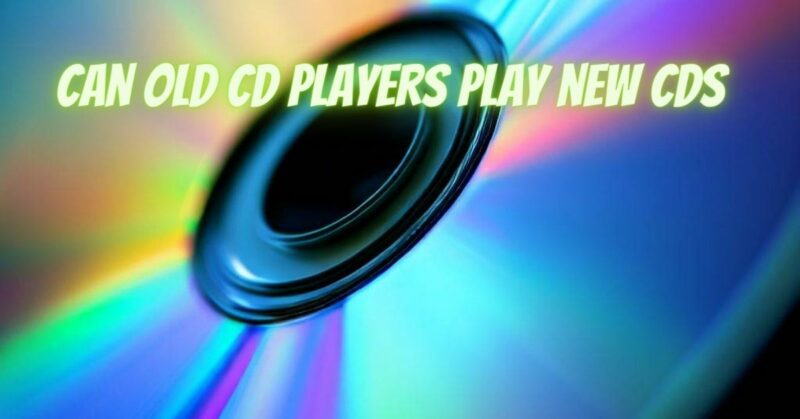CD players have been a mainstay in audio systems for decades, and many people still use older CD players alongside their collections of both classic and newly released CDs. However, as technology advances and CD production methods change, you might wonder whether your old CD player can handle new CDs. In this article, we will explore the compatibility between old CD players and new CDs, discussing the factors that influence playback and how to ensure a smooth listening experience.
Understanding CD Formats
To understand the compatibility between old CD players and new CDs, it’s essential to recognize that CDs have a standardized format known as the “Red Book” standard. This standard, established in the early 1980s, defines the technical specifications for audio CDs. Key parameters include:
- Audio Format: CDs store audio as two-channel stereo audio sampled at 44.1 kHz with 16-bit resolution. This format has remained consistent over the years.
- Physical Characteristics: CDs have a diameter of 120 mm (4.7 inches) and are typically 1.2 mm thick. This size and thickness have remained the same for all standard audio CDs.
- Encoding Method: The data on CDs is stored as microscopic pits and lands on a polycarbonate layer. The laser in the CD player reads these pits and lands to reproduce audio.
Factors Influencing Compatibility
The compatibility between old CD players and new CDs primarily depends on a few key factors:
- Disc Format: Most old CD players are designed to play standard audio CDs that conform to the Red Book standard. These players should have no trouble playing newly released CDs that follow this format.
- Copy Protection: Some newer CDs may include copy protection mechanisms designed to prevent unauthorized copying. While these mechanisms should not affect basic playback, they can occasionally cause issues in older CD players.
- Additional Features: Newer CDs may include advanced audio features or multimedia content, such as enhanced audio quality (e.g., HDCD) or video components. While most old CD players will ignore these additional features and play the standard audio tracks, some advanced capabilities may not be fully utilized.
- Manufacturing Quality: The quality of CDs can vary, and lower-quality discs may be more susceptible to playback issues. Choosing high-quality, well-manufactured CDs can help ensure compatibility.
Ensuring Compatibility
To ensure that your old CD player can play new CDs without any problems, follow these tips:
- Check for Disc Format: Confirm that the new CDs you acquire are standard audio CDs (Red Book format). These discs should be compatible with virtually all CD players, regardless of age.
- Avoid Copy-Protected CDs: While copy protection should not affect playback, some players may have trouble with copy-protected discs. If you encounter issues, look for non-copy-protected versions of the same albums if available.
- Keep Your CD Player Clean: Periodically clean your CD player’s laser lens and the interior of the player to prevent dust buildup, which can interfere with playback.
- Firmware Updates: Some older CD players may benefit from firmware updates if they are available. Check the manufacturer’s website or contact their customer support for information on updates.
In general, old CD players can play new CDs without significant issues, as long as the discs adhere to the Red Book standard. CD technology has remained relatively consistent over the years, ensuring compatibility between different generations of players and discs. However, it’s essential to be aware of potential copy protection and additional features on newer CDs, and you can confidently continue enjoying your music collection on your trusted old CD player.


